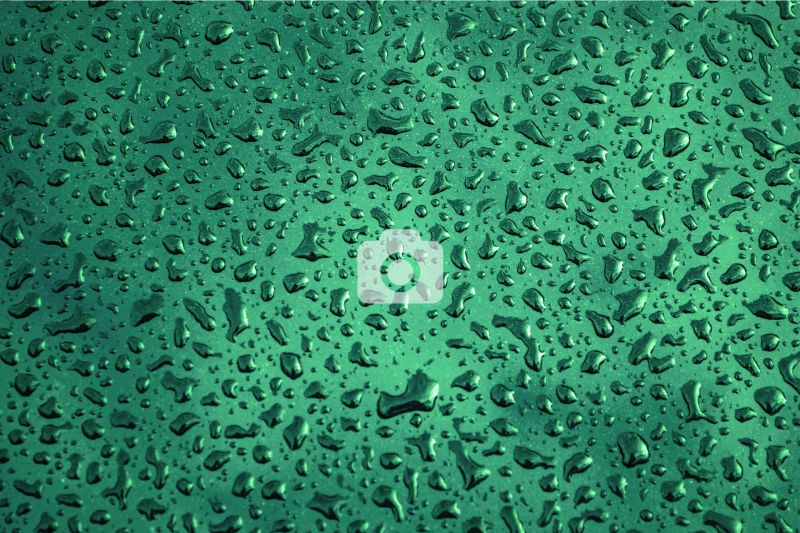The San Diego pelagic trip on Sunday, 11 Sep, aboard “Legacy” and sponsored by Buena Vista Audubon Society was…..awesome! Well, certainly three hours of it in the morning were extra awesome. Sea conditions were surprisingly pleasant, post-“Hurricane KAY,” all day. Just several miles out to sea we had a very cooperative sitting RED-BILLED TROPICBIRD that allowed us to get quite close. That was followed by two separate sub-adult Nazca Boobies. Then, as we crossed the San Diego Trough in quick succession we had a BLUE-FOOTED BOOBY circle the boat–a casual visitor to coastal California–and then a casual, light-morph WEDGE-TAILED SHEARWATER–the third record for San Diego County and perhaps only around ten or so records for the state–which flew around and in front of the boat for an extended period. This was a new California bird for everyone on the boat except for two folks. Not too long after that an adult Nazca Booby appeared, followed immediately by a Red-footed Booby! Later on we added a Masked/Nazca Booby (photos will be examined further) and another Nazca! Also present were Least Storm-Petrels for much of the trip, a few exceedingly close to the boat, as well as a small-to-moderate number of Townsend’s and Leach’s Storm-Petrels and one Ashy Storm-Petrel. And then to cap it all off at the very end, there was an adult male MAGNIFICENT FRIGATEBIRD circling around near the dock when we returned!! Perhaps the strangest sight of the day, in a depraved sort of way, was the flock of five Killdeer that flew past the boat several miles offshore–not your typical “pelagic” species. We also had good looks at a Guadalupe Fur Seal.
Offshore totals for the day were as follows:
KILLDEER 5 (!!!)
Red-necked Phalarope 140
Red Phalarope 17
Pomarine Jaeger 6
Parasitic Jaeger 3
Cassin’s Auklet 1
Craveri’s Murrelet 3
Sabine’s Gull 3
Heermann’s Gull 8
Western Gull 400
California Gull 1
Common Tern 120 (good count)
Elegant Tern 125
RED-BILLED TROPICBIRD 1 (3.8 mi off n. Point Loma)
Leach’s Storm-Petrel 9
Townsend’s Storm-Petrel 8
Leach’s/Townsend’s Storm-Petrel 27
Ashy Storm-Petrel 1
Black Storm-Petrel 55 (low)
Least Storm-Petrel 95 (along entire route)
WEDGE-TAILED SHEARWATER 1 (21.8 to 21.3 mi W of tip of Point Loma)
Pink-footed Shearwater 48
Black-vented Shearwater 5000
MASKED/NAZCA BOOBY 1
NAZCA BOOBY 4 (high count; 1 immature, 2 sub-adults, 1 adult)
BLUE-FOOTED BOOBY 1 (21.7 mi W of tip of Point Loma)
Brown Booby 7
RED-FOOTED BOOBY 1 (23.4 mi W of tip of Point Loma)
Brandt’s Cormorant 17
Brown Pelican 16
_________________________________________
Paul Lehman, Dave Povey, Bruce Rideout, Alex Abela, Jimmy McMorran, Gary Nunn





